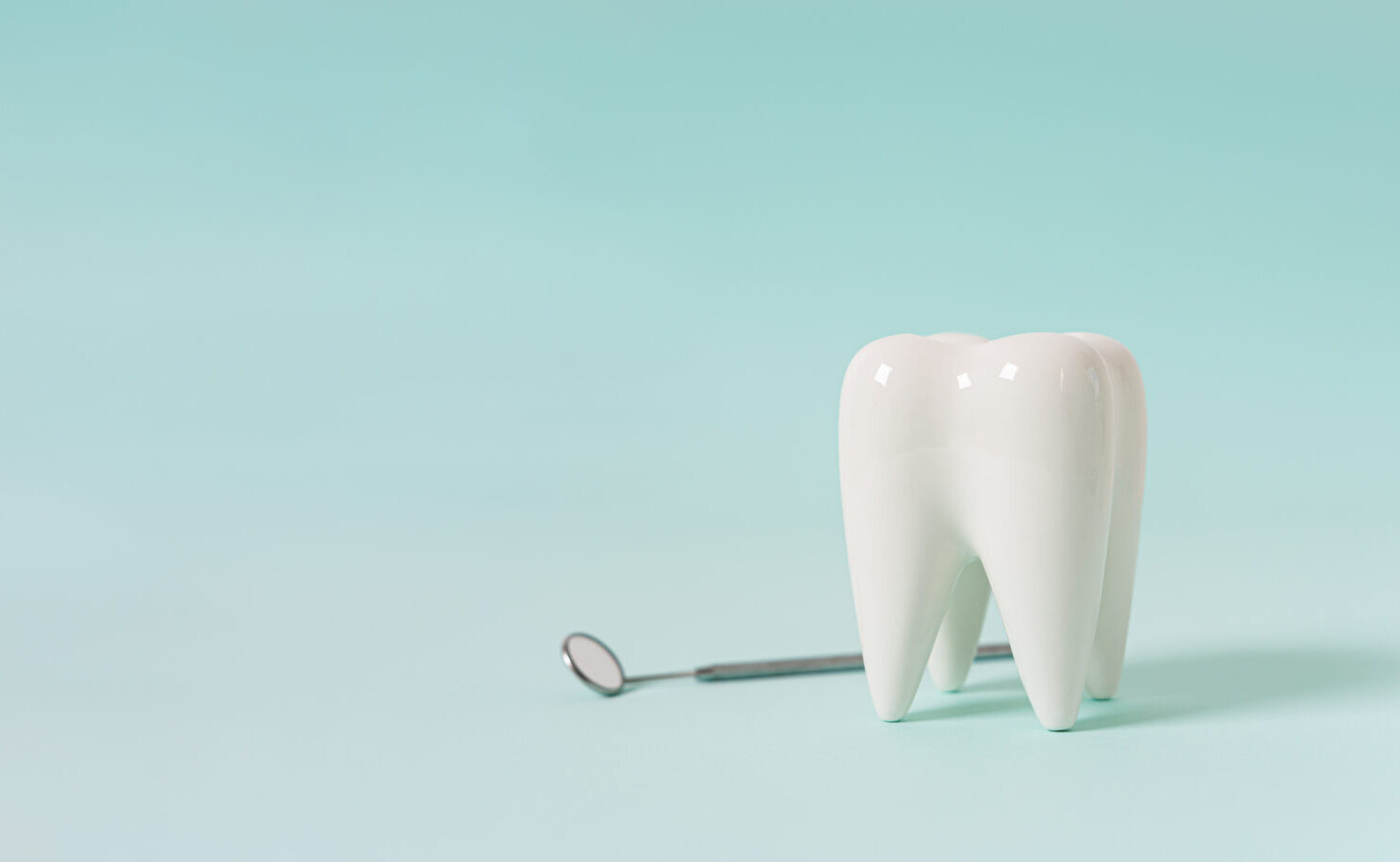In modern dentistry, aesthetic fillings provide a fundamental solution for the restoration of damaged or decayed teeth. Aesthetic filling types not only restore the health and functionality of the teeth but also ensure a natural appearance, so no one has to worry about the filling being visible.
Inlay and onlay fillings are particularly popular among modern dental treatments, as their unique shape allows for precise fitting and durable solutions, and thanks to their color, they provide a natural appearance.
But how much do white fillings cost, what exactly do the above terms mean, and when is it advisable to choose them?
Table of contents
Get in touch!
If you have any further questions, please contact us:
Aesthetic filling types – inlay onlay
The aesthetic dental filling has two special forms: inlay and onlay fillings, which are particularly suitable for restoring the back teeth, namely the molars and premolars. These fillings provide extremely precise fit and durable results even in cases of advanced decay, as they are made based on the structure of the tooth from a custom impression.
The material of inlay and onlay fillings is often porcelain or composite, which perfectly matches the color of the tooth, thereby providing a completely natural appearance.
What does inlay mean?
The meaning of inlay is nothing more than a smaller-sized, embedded dental filling, which is used during the treatment of a decayed tooth when the decay or damage does not affect the top cusps of the tooth, but is located only in the center of the chewing surface.
The dentist has the inlay filling made after taking a precise impression, and it is fitted exactly into the dental cavity, thus securely and seamlessly restoring the original shape and function of the tooth. Since it is made from material that matches the color of the tooth, the inlay perfectly blends into the natural dentition and permanently preserves the structure of the tooth.
Inlay vs Onlay – What is the difference?
The onlay filling is similar to the inlay restoration, but it is used for larger dental injuries when the cusps of the tooth are also affected. The onlay filling covers a larger portion of the tooth’s chewing surface, thus restoring not only the central cavity of the tooth but also its protruding parts.
The onlay is particularly useful if a large part of the tooth crown is damaged and would not be stably repaired with a traditional filling. Since the onlay fully covers the cusp of the tooth, it provides a strong and stable solution that may be more durable than a traditional filling.
In what cases might you need the application of onlay or inlay fillings?
Inlay and onlay fillings are specifically recommended in cases where the damage is too extensive to restore the healthy tooth structure with traditional composite fillings, but does not yet warrant a full crown.
These dental restorations are particularly beneficial for patients seeking a long-term and stable solution for treating tooth damage. Through inlay and onlay fillings, further weakening of the tooth can be avoided, as these restorations fit exceptionally well onto the tooth, providing optimal support for the healthy tooth structure.
Aesthetic fillings are recommended in the following cases:
- When treating large cavities
- For teeth with damaged chewing surfaces
- For patients seeking a durable and aesthetic solution
- In cases of hypersensitive teeth, where precise fit and stable fixation are especially important



